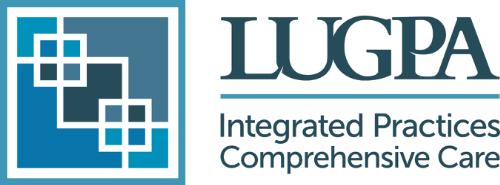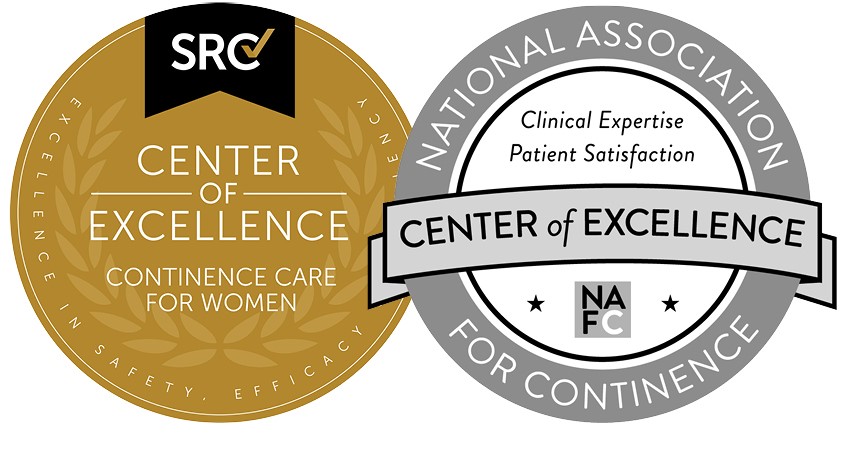LUGPA Policy Update: Advancing Medicare Payment Reform
April 2025 The Medicare Payment Advisory Commission (MedPAC) continues to advance important recommendations to modernize the Medicare physician payment system. As part of its ongoing review of the Medicare Physician Fee Schedule (PFS), MedPAC has proposed policy changes aimed at strengthening financial stability for physicians and improving the accuracy of Medicare’s payment structure. At its April 10 public meeting, MedPAC finalized two key recommendations that aim to create a more predictable and sustainable Medicare reimbursement model for clinicians:
These most recent actions build upon MedPAC’s January 16 recommendations, which proposed:
MedPAC estimates these reforms would cost $2 billion to $5 billion in the first year and up to $25 billion over five years—a significant investment, but one aimed at preserving access to care for vulnerable populations and maintaining physician participation in Medicare. While MedPAC’s proposals represent an important step toward payment modernization, they are not yet law. Meanwhile, independent physician practices are being pushed to the brink. Congress has allowed years of Medicare physician payment cuts, including a 2.8% reduction scheduled for 2025. To protect physician practices and ensure continued access to care, LUGPA strongly supports H.R. 879, the Medicare Patient Access and Practice Stabilization Act. This vital legislation would:
H.R. 879 recognizes the need to move away from temporary fixes toward a more predictable, rational, and supportive payment structure. It is designed to prevent further practice closures, especially among independent and single-specialty groups, and to stabilize the delivery of high-quality care across the Medicare system. LUGPA urges Congress to act swiftly in advancing MedPAC’s recommendations while enacting legislative solutions such as H.R. 879. Comprehensive Medicare reform must include:
While MedPAC’s recommendations are an encouraging step, they must be accompanied by legislative action to create a fair, sustainable payment system that protects patients and providers alike. Further Resources
|




